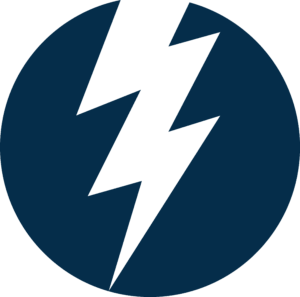Core Emotion: Anger, frustration, resentment, repressed will
Primary Body Focus: Shoulders, upper trapezius, upper back, neck
Scientific Foundations
Anger is a mobilizing emotion that prepares the body to act, assert, or protect. It increases activity in the motor cortex, sympathetic nervous system, and the limbic system (particularly the amygdala and hypothalamus). Heart rate, blood pressure, and muscle tone—especially in the shoulders and jaw—increase significantly.
When anger is suppressed, rather than expressed or metabolized, it leads to chronic muscular tension, particularly in the upper trapezius, rhomboids, and levator scapulae.
These muscles “brace” the body for action that never comes, creating a frozen pattern often experienced as a “burdened” or “carrying too much” feeling. Over time, this contributes to upper-body pain, restricted breathing, and emotional rigidity.
The vagus nerve, passing through the neck and throat, can also become dysregulated when assertive expression is stifled, reinforcing emotional shutdown or looping sympathetic charge.
Main Focus
Anger is not inherently destructive—it is the self-protection, clarity, and boundary intelligence. When suppressed, it becomes inflammation, tension, or withdrawal. This week’s practices help discharge stored energy from the shoulders, and reconnect you to your will.
By physically engaging the upper back and shoulder girdle, we invite previously stuck or collapsed energy to move upward and outward, restoring confidence and self-expression. This work also supports the eventual freeing of the voice in Week 6. When these parts of the body undergo somatic liberation, we live in greater friendliness, both to ourselves and others, which dramatically frees up vital force, and supports us in meeting life with greater gentleness and playfulness, both towards the self and others.

